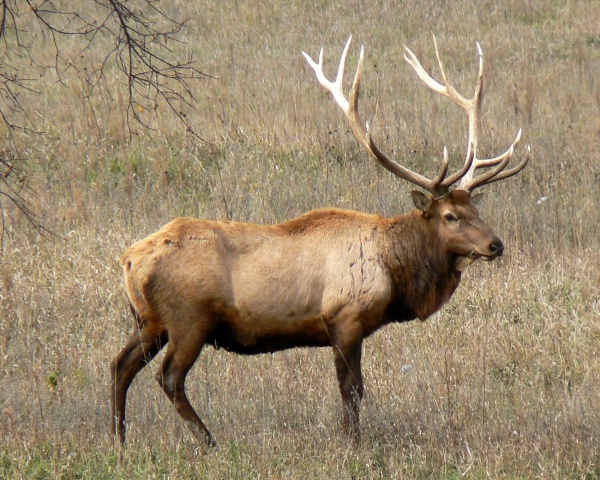Facts About Elk
The elk, also known as wapiti, is a majestic member of the deer family, Cervidae, and ranks among the largest land mammals in North America and Northeast Asia. These forest-dwelling herbivores feed on grasses, plants, leaves, and bark. One of the most striking features of male elk is their impressive antlers, which they shed and regrow annually. During the mating season, or rut, males engage in dramatic displays and battles to win over females.
Originally, elk roamed across a much broader range, but today they're mainly found in North America and eastern Asia. They've also been introduced to places like Argentina and New Zealand, where they can sometimes disrupt local ecosystems. Elk are popular game animals, prized for their lean, high-protein meat. While they were once thought to be a subspecies of the European red deer, genetic research has confirmed that they are indeed their own distinct species.
The name "elk" has an interesting origin, with "wapiti" deriving from indigenous languages. Taxonomically, elk fall under the genus Cervus, with different subspecies in North America and Asia. Elk have a fascinating social structure. During the rut, males compete for the attention of females through behaviors like loud bugling calls and antler wrestling.
Elk inhabit a variety of environments, from dense forests to semi-deserts, and they migrate seasonally in mountainous areas. As ruminants, they primarily graze but also browse on shrubs and trees. However, they face threats from diseases such as chronic wasting disease and brucellosis. In regions where they’ve been introduced, elk can sometimes outcompete native species and disrupt local ecosystems.
Elk hold significant cultural importance for many indigenous peoples, who have used their hides for clothing and ceremonial items. They appear in ancient rock art and are even designated as state animals in some regions. Commercially, elk are hunted not just for their meat, but also for their velvet antlers, which are believed to have medicinal properties. Their hides and antlers are used in various products, making elk hunting an economically valuable activity.

 Latvia
Latvia